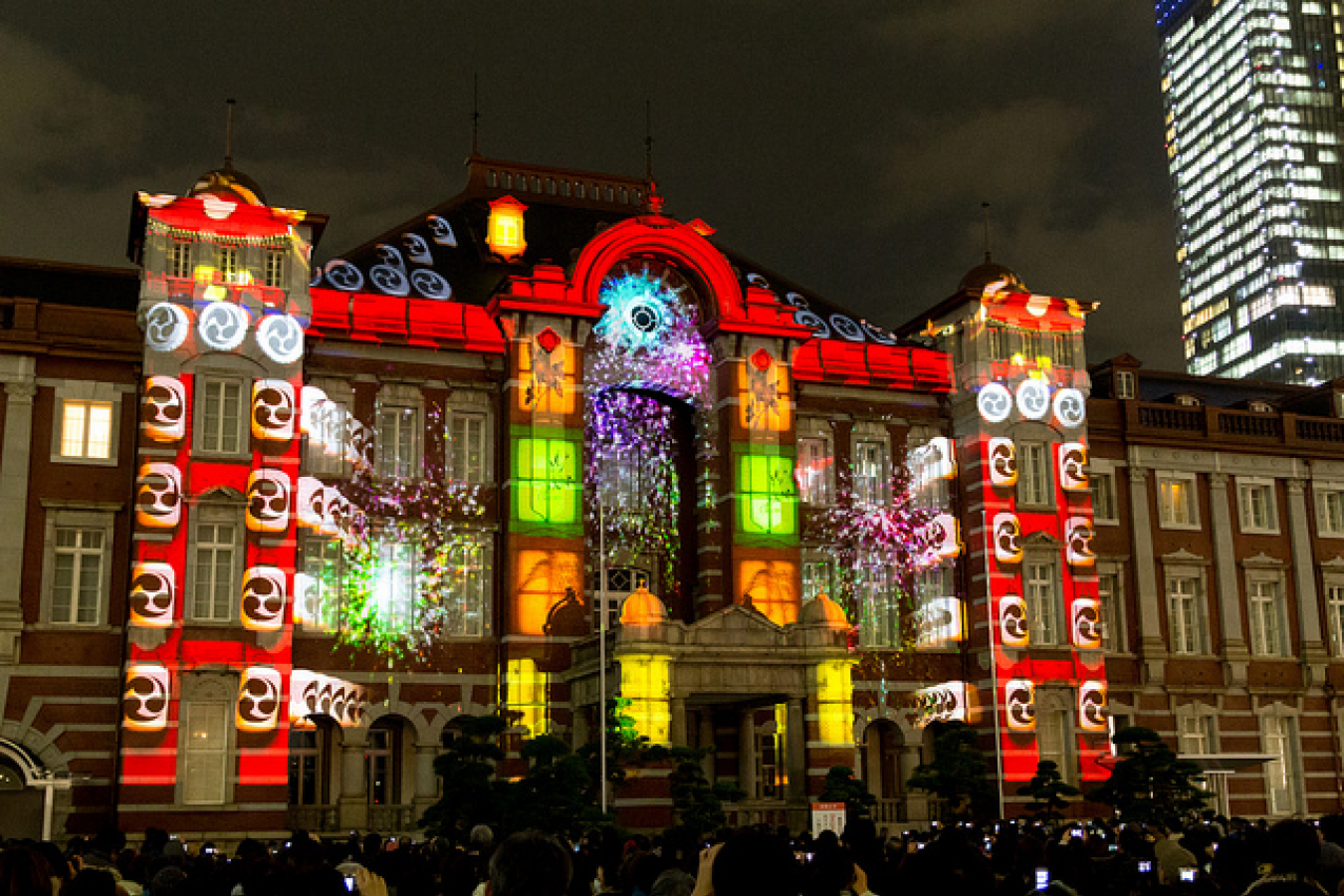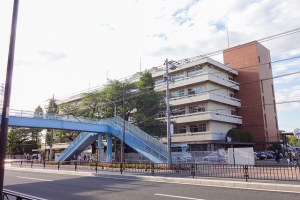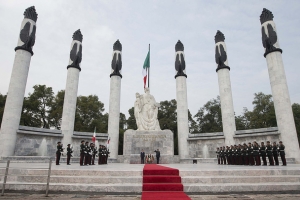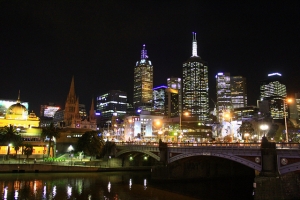Support migrant centric journalism today and donate

 Watch This Video
Watch This VideoAt the Brazil Plaza shopping center, Carlos Watanabe thinks back on 12 lonely years as a factory worker in Japan - and can't find a single thing to praise except the cold mug of Kirin lager in his hand.
He and his bar mates, all Japanese-Brazilians, have plenty of work and steady incomes, but they also have many complaints about their adopted home: that they're isolated, looked down upon, cold-shouldered by City Hall.
"I want to go back to Brazil every day, but I don't go because I don't have the money," says Watanabe, 28. "Sometimes I think I should go home, sometimes stay here, sometimes just go to another country."
The administrators of Oizumi, 50 miles north of Tokyo, are also dissatisfied: The outsiders don't speak enough Japanese. They don't recycle their trash properly. Their kids don't get along with their Japanese classmates.
"We want people to study Japanese and learn our rules before coming here," Oizumi Mayor Hiroshi Hasegawa, whose business card is in Portuguese. "Until the national government decides on an immigration system, it's going to be really tough."
As a town of 42,000 with a 15 percent foreign population, the highest in Japan, Oizumi's troubles are getting nationwide attention as the country wakes up to a demographic time bomb: In 2005, it became the world's first leading economy to suffer a decline in population, with 21,408 more deaths than births - the feared onset of what may become a crippling labor shortage at mid-century.
The prospect of a shrinking, rapidly aging population is spurring a debate about whether Japan - so insular that it once barred foreigners from its shores for two centuries - should open up to more foreign workers.
Japan's 2 million registered foreigners, 1.57 percent of the population, are at a record high but minuscule compared with the United States' 12 percent.
For the government to increase those numbers would be groundbreaking in a nation conditioned to see itself as racially homogenous and culturally unique, and to equate "foreign" with crime and social disorder.
"I think we are entering an age of revolutionary change," said Hidenori Sakanaka, director of the Japan Immigration Policy Institute and a vocal proponent of accepting more outsiders.
"Our views on how the nation should be and our views on foreigners need to change in order to maintain our society," he said.
Oizumi's more than 6,500 foreigners, mostly Brazilian, provide a glimpse into what that change might look like.
Walk down the main drag and it's obvious this is no typical Japanese town. Among the convenience stores and coffee shops are tattoo salons and evangelical Christian churches. At the Canta Galo grocery, people line up at an international phone to call family 10,000 miles away.
The only reason these foreigners are able to be here is their Japanese descent, which entitles them by law to come here as guest workers.
Watanabe's grandparents emigrated to Brazil decades ago, and he and his friends stand out in Japan with their non-Japanese features, booming voices and backslapping manners. At 2 a.m., after a night out with friends, his manner becomes even less Japanese - shirt off to expose a hefty belly, howling farewells as he drives off in a beat-up car.
Not everyone feels as isolated as he does. Another Brazilian, Claudinei Naruishi, has a Japanese wife and two kids, and wants to buy a house. "I like it here," he says.
Still, City Hall officials are clearly overwhelmed trying to plug the holes in a social system that seems to assume that everyone living in Japan is Japanese.
"We're kind of an experimental region," said Hiroe Kato, of the town's international section. "Japanese people want immigrants to come here and live just like us. But foreigners are different."
Speaking poor Japanese, they tend to be cut off from their neighbors, unable to - or critics say, unwilling to - communicate with policemen, file tax returns or understand notices to separate plastic garbage from burnable.
Schooling is compulsory in Japan until age 16, but only for citizens. So foreign kids can skip school with impunity.
Arrangements such as special Japanese classes for newcomers are ad hoc and understaffed. Many of the foreigners aren't entitled to pensions or the same health benefits as Japanese workers because they're hired through special job brokers.
Above all, the differences are cultural and rife with stereotypes: Latinos playing music late on weekends, teenagers congregating in the streets at night, alarming police.
"We have people who don't follow the rules," said Mayor Hasegawa. "So then we have a lot of cultural friction."
All the same, demographics suggest Japan has little choice but to open the doors a little further.
The population is 127 million and is forecast to plunge to about 100 million by 2050, when more than a third of Japanese will be 65 or older and drawing health and pension benefits. Less than half of Japanese, meanwhile, will be of working age of 15-64.
Fearing disastrous drops in consumption, production and tax revenue, Japan's bureaucrats are scrambling to boost the birthrate and get more women and elderly into the work force.
But many Japanese are realizing that foreigners must be part of the equation.
Few support throwing the doors wide open. Instead, they want educated workers, engineers, educators and health professionals, preferably arriving with Japanese-language skills.
Corporate leaders are prime movers. "We can create high-value and unique services and products by combining the diversity of foreigners and the teamwork of the Japanese," said Hiroshi Tachibana, senior managing director of Japan's top business federation, Keidanren.
But government officials are so touchy about the subject that they deny the country has an immigration policy at all, and insist on speaking of "foreign workers" rather than "immigrants" who might one day demand citizenship.
Immigration in Japan does not have a happy history. The first wave in modern times came a century or more ago from conquered lands in Korea and China, sometimes in chains as slaves.
Those still here - the largest group being Koreans and their descendants - still suffer discrimination and isolation.
Even today, the policy seems to lack coherent patterns. In 2005, for instance, about 5,000 engineers entered Japan, along with 100,000 "entertainers" - even after that vaguely defined status was tightened because it was being used as a cover for the sex trade and human trafficking.
Since taking office in September, Prime Minister Shinzo Abe has spoken vaguely of opening Japan to the world, but authorities acknowledge they are nowhere near a consensus on how to proceed.
They don't want to emulate the U.S. and admit sustained and large-scale immigration, and are wary of France's recent riots and Germany's problems with guest workers who were welcomed when jobs were plentiful and now suffer from unemployment.
A labor shortage during the economic boom of the late 1980s produced a change in visa laws to let in descendants of Japanese emigrants.
Related:
• UN report on best places to live in the world
• UN Population Commission issues report on migration
• OECD releases immigration statistics report for 2004
• OECD - developed countries must do more to integrate immigrant workers
• Immigrant Nurses in High Demand in Western Countries
• Australian immigration required for economy and population shortfall
• Canada - Immigration drives British Columbia population growth





















